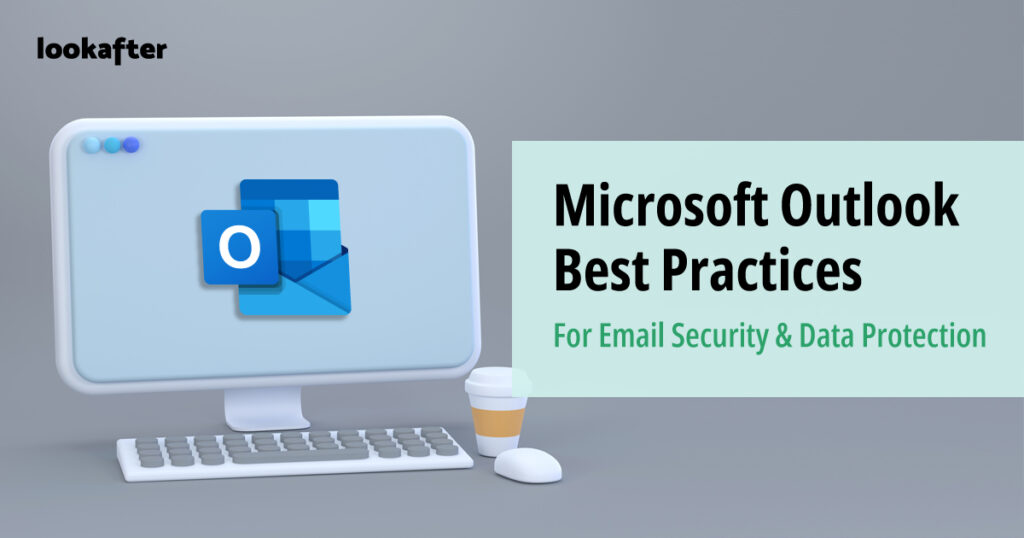Home > Empowering Tips > Microsoft Outlook Best Practices for Email Security & Data Protection

Microsoft Outlook has been widely used in business environments for professional email communication and productivity tools. Like every other software, ensuring optimal performance and security in Microsoft Outlook necessitates adherence to a set of best practices. Here’re the best practices that all Microsoft Outlook users should follow to fortify their email security, protect valuable data, and make the most out of this powerful communication platform.
- Regularly Update Outlook: Keep your Outlook software up to date to benefit from the latest security patches and improvements.
- Regular Backups: Make regular backups of important emails and data to prevent loss in case of corruption or accidental deletion.
- Archive Old Emails: Regularly archive and organize your emails. Archiving helps reduce the size of your mailbox, improving performance and minimizing corruption risks.
- Avoid Large Attachments: Minimize the use of large email attachments to prevent corruption and improve email delivery.
- Monitor Mailbox Size: Regularly monitor and manage your mailbox size. Consider archiving or deleting unnecessary items to prevent corruption and maintain optimal performance.
- Beware of Phishing Attacks: Be cautious of unexpected emails, especially those requesting sensitive information or containing suspicious links. Verify the sender’s email address before clicking on any links or downloading attachments.
- Use SSL/TLS Encryption: Configure your email account settings to use SSL/TLS encryption for both incoming and outgoing emails. This ensures that your email communication is secure and protected from eavesdropping.
- Be Cautious with Add-ins: Use only necessary and trusted Outlook add-ins, as poorly designed or outdated add-ins can lead to stability issues.
- Use Strong Passwords: Set strong, unique passwords for your email account and update them regularly.
- Avoid Public Wi-Fi for Sensitive Activities: Refrain from accessing sensitive emails or data when connected to unsecured public Wi-Fi networks.
- Update Antivirus Software: Ensure that your computer has updated antivirus software to protect against malware that could corrupt your data.
- Educate Employees: Provide training on email security and data protection practices to all employees, ensuring a consistent approach across the organization.
Adhering to these best practices will help users maintain a secure and efficient email environment while using Microsoft Outlook.